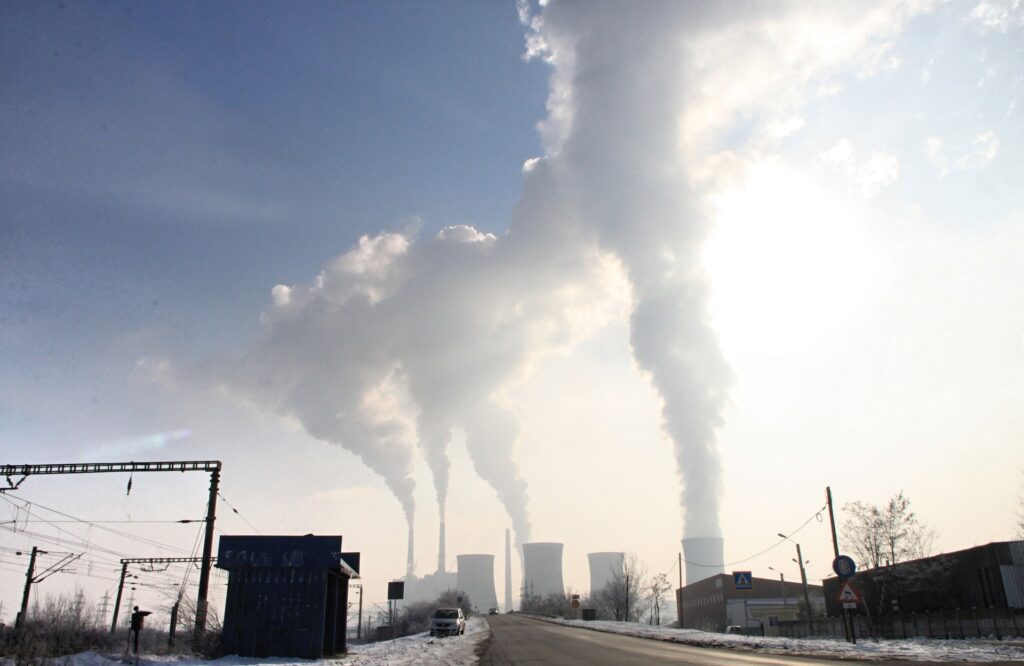- CEQ’s new interim guidance to aid federal agencies evaluate greenhouse gas (“GHG”) emissions and impacts of climate change in under the National Environmental Policy Act (“NEPA”) review process.
- Guidance calls on agencies to identify potentially affected communities and provide early notice of opportunities for public engagement during the scoping process.
- CEQ reminds agencies that they must consider the proposed action’s cumulative effects when undertaking NEPA analysis.
- The guidance is advisory and non-binding on Courts in future litigations.
By: U.S. Council on Environmental Quality | January 9, 2023
The Council on Environmental Quality (CEQ) is issuing this interim guidance to assist agencies in analyzing greenhouse gas (GHG) and climate change effects of their proposed actions under the National Environmental Policy Act (NEPA). CEQ is issuing this guidance as interim guidance so that agencies may make use of it immediately while CEQ seeks public comment on the guidance. CEQ intends to either revise the guidance in response to public comments or finalize the interim guidance.
This interim guidance is effective immediately. CEQ invites interested persons to submit comments on or before March 10, 2023…
The United States faces a profound climate crisis and there is little time left to avoid a dangerous—potentially catastrophic—climate trajectory. Climate change is a fundamental environmental issue, and its effects on the human environment fall squarely within NEPA’s purview.
Major Federal actions may result in substantial GHG emissions or emissions reductions, so Federal leadership that is informed by sound analysis is crucial to addressing the climate crisis. Federal proposals may also be affected by climate change, so they should be designed in consideration of resilience and adaptation to a changing climate.
Climate change is a particularly complex challenge given its global nature and the inherent interrelationships among its sources and effects. Further, climate change raises environmental justice concerns because it will disproportionately and adversely affect human health and the environment in some communities, including communities of color, low-income communities, and Tribal Nations and Indigenous communities.
Given the urgency of the climate crisis and NEPA’s important role in providing critical information to decision makers and the public, NEPA reviews should quantify proposed actions’ GHG emissions, place GHG emissions in appropriate context and disclose relevant GHG emissions and relevant climate impacts, and identify alternatives and mitigation measures to avoid or reduce GHG emissions. CEQ encourages agencies to mitigate GHG emissions associated with their proposed actions to the greatest extent possible, consistent with national, science-based GHG reduction policies established to avoid the worst impacts of climate change…
In addition to analyzing a proposed action’s direct and indirect effects, NEPA and CEQ’s regulations require an agency to also consider the proposed action’s cumulative effects. Cumulative effects are effects on the environment that result from the incremental effects of the action when added to the effects of other past, present, and reasonably foreseeable actions regardless of what agency (Federal or non-Federal) or person undertakes such other actions.
In evaluating a proposed action’s cumulative climate change effects, an agency should consider the proposed action in the context of the emissions from past, present, and reasonably foreseeable actions. When assessing cumulative effects, agencies should also consider whether certain communities experience disproportionate cumulative effects, thereby raising environmental justice concerns.
Read more from the U.S. Council on Environmental Quality.



